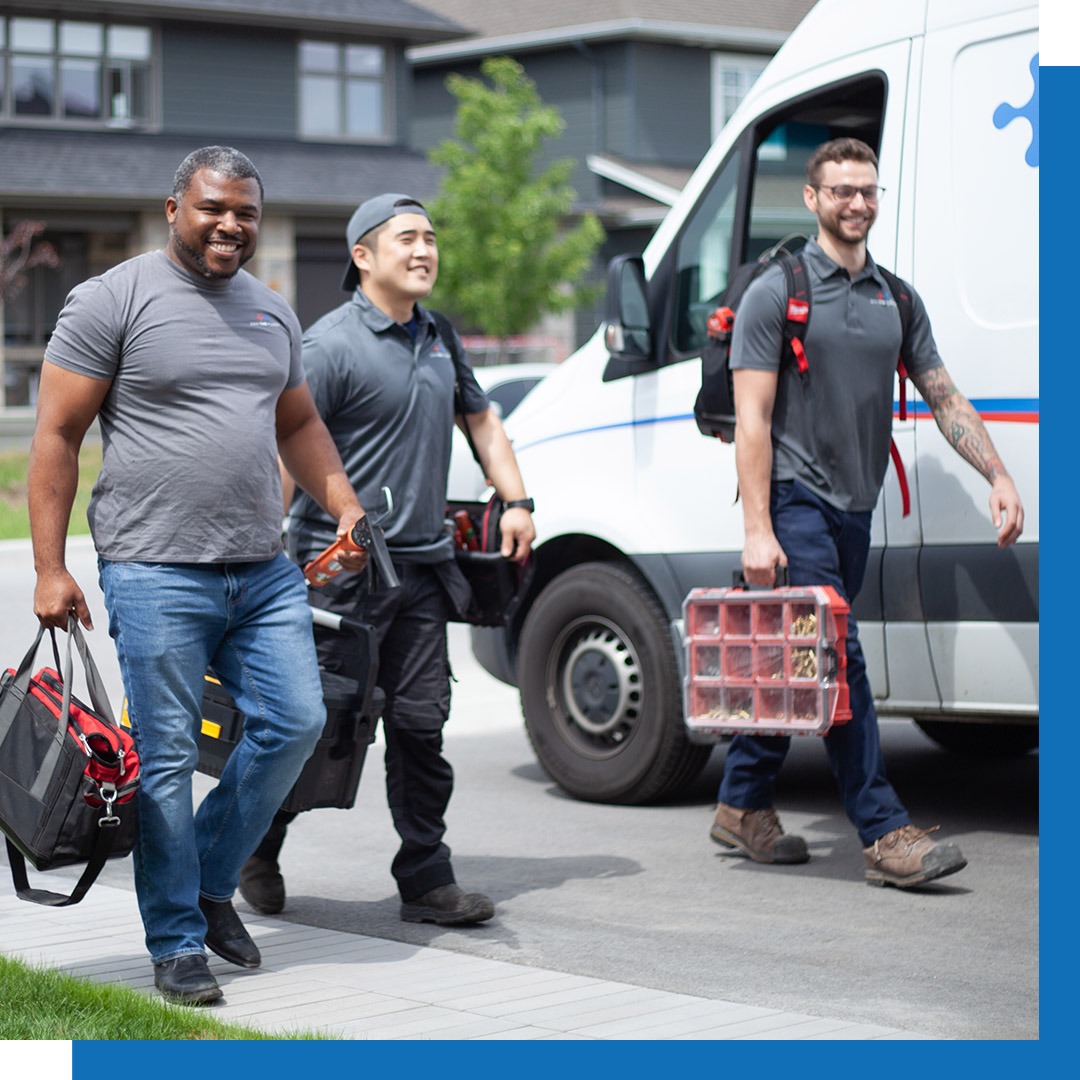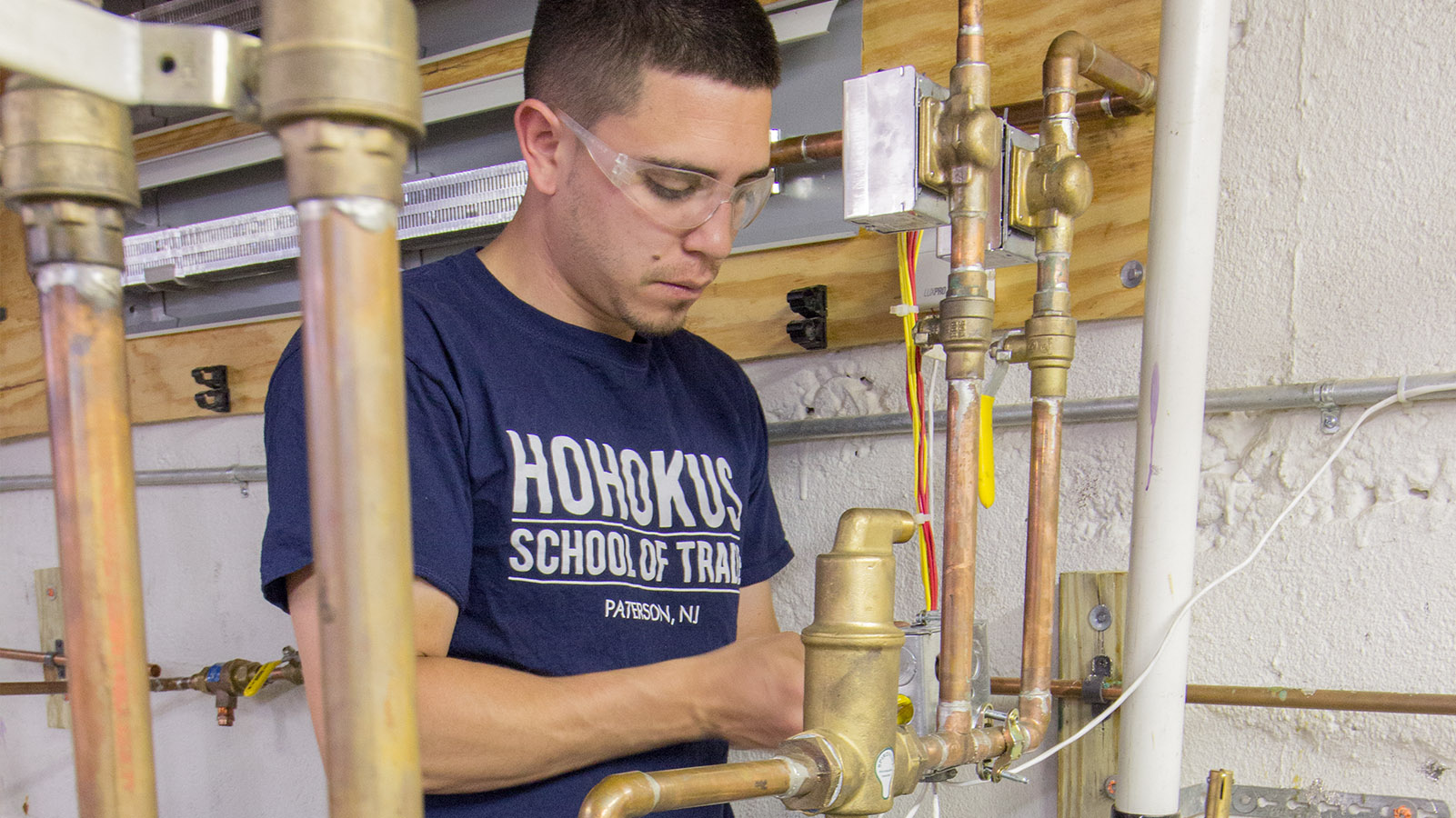Relied On Plumbing Services Alabaster AL for All Your Maintenances
Relied On Plumbing Services Alabaster AL for All Your Maintenances
Blog Article
A Step-by-Step Guide to Effective Hot Water Heater Setup for Optimal Performance
Beginning on the task of installing a water heating system is an endeavor that demands precision and a systematic method for achieving optimal performance. As you proceed, the details of connecting water supply lines and establishing up reputable electric or gas links wait for, encouraging understandings right into guaranteeing efficiency and integrity.
Choosing the Right Water Heater

Next, think about the dimension and capacity of the water heating unit. It's crucial to evaluate your house's hot water requirements, which can differ based on the number of passengers and their usage patterns. A device that's as well tiny might bring about insufficient warm water, while a large design could cause unneeded power intake.
Efficiency ratings also play a critical function in choice. Try to find water heating systems with high Power Variable (EF) rankings, showing superior performance and reduced power use. Tankless versions, though generally much more expensive upfront, offer substantial power financial savings with time as a result of their on-demand home heating abilities.
Preparing the Setup Area
Prior to installing a brand-new water heating unit, thorough prep work of the installment area is essential. It's critical to measure the room thoroughly to suit the water heater's measurements, guaranteeing ample clearance around the unit for reliable operation and servicing.
Following, remove any type of particles, dirt, or blockages from the site to create a clean atmosphere. Examine the flooring for stability, as the water heating unit will certainly require a strong, degree surface area to operate efficiently. If needed, mount a drip frying pan under the unit to catch prospective leakages or spills, preventing water damage to the surrounding area. In regions prone to seismic activity, think about setting up seismic straps to protect the heating unit securely in area.
Additionally, ensure that all required tools and products get on hand prior to beginning the setup. This includes products such as wrenches, screwdrivers, a degree, and any kind of added hardware needed for protecting the heating unit and installing. A well-prepared installment area establishes the structure for an effective water heating system configuration, optimizing performance and safety and security.
Connecting Water Lines
When attaching water system lines to your newly mounted water heating system, it is essential to make certain that all connections are protected and leak-free to keep reliable operation and prevent water damages. Begin by identifying the chilly and warm water lines. The cold water inlet is typically marked with a blue tag or a "C", while the warm water electrical outlet is noted with a red label or an "H".
Use adaptable water heater ports to assist in a simpler installation procedure. These ports can absorb vibration and permit for minor movement, decreasing the danger of leakages. Before connecting the connectors, position a plumbing professional's tape around the threaded ends of the water heating unit's inlet and electrical outlet pipelines - Plumber Alabaster AL. This tape serves as a sealer, protecting against leaks. Very carefully connect the flexible hoses to the respective inlet and electrical outlet, making sure that they are limited but not over-tightened, which might harm the strings.
When links are in area, slowly switch on the major water system valve. Examine each link for leakages by aesthetically examining and really feeling for dampness. Tighten up connections as required, and ensure the pressure alleviation valve is appropriately installed, guarding versus too much pressure accumulation.
Establishing Up Electric or Gas Connections
Appropriately setting up the electric or gas links for your water heating unit is an essential step to ensure safe and efficient operation. For electrical water heaters, begin by verifying that the electrical circuit is suitable with the heater's voltage and amperage requirements.
For gas water heating units, safety and security is vital. Confirm that the gas supply is off before proceeding. Link the gas line to the hot water heater utilizing a flexible gas connector, ensuring it is appropriately threaded and sealed with pipeline joint compound Resources or Teflon tape suitable for gas connections. Tighten up the connections with a wrench, making sure not to over-tighten (Plumbing Alabaster AL).
As soon as connections are made, examine for any kind of potential leaks. For gas lines, apply a soapy water option to the joints; bubbles suggest a leakage. For electric links, confirm that all electrical wiring is safe and secure and properly protected, preserving compliance with local electrical codes.
Adjusting and examining for Efficiency
With the electrical and gas connections safely in position, the next action is reviewing the functional performance of your water heating system. Begin by thoroughly activating the supply of water and making sure there are no leaks at any of the valves or joints. Once confirmed, proceed to fill the tank, focusing on the stress and temperature level setups. It is advisable to establish the thermostat to a recommended temperature of around 120 ° F(49 ° C) to stabilize energy efficiency and comfort.
Following, do a detailed examination to ensure the burner or gas heaters are operating properly. For electric heating systems, use a multimeter to confirm if the elements are attracting the suitable current. In gas versions, observe the burner fire; it must be steady and blue, showing effective combustion.
Change the settings as essential to get rid of inefficiencies. Take into consideration executing insulation procedures, such as adding a water heating system blanket, to better improve efficiency by lessening heat loss. Furthermore, check the anode rod's problem, as a scrubby pole can decrease performance and result in container rust.
Verdict
Effective hot water heater installment is important for ensuring ideal efficiency and energy cost savings. By picking the suitable type and dimension, and carefully preparing the installment area, a foundation for success is developed. Safely connecting supply of water lines and meticulously setting up electrical or gas links decrease prospective concerns. Detailed screening for leakages and precise thermostat adjustments to 120 ° F improve integrity and performance. Following these steps promotes long-term capability and energy conservation in domestic water furnace.

Effectively setting up the electric or gas connections for your water heating unit is a critical step to guarantee risk-free and effective procedure. For electrical water heating systems, begin by verifying that the electrical circuit is compatible with the heater's voltage and amperage requirements. Connect the gas line to the water heater utilizing a versatile gas port, ensuring it is this content correctly threaded and sealed with pipe joint compound or Teflon tape suitable for gas connections.
Report this page